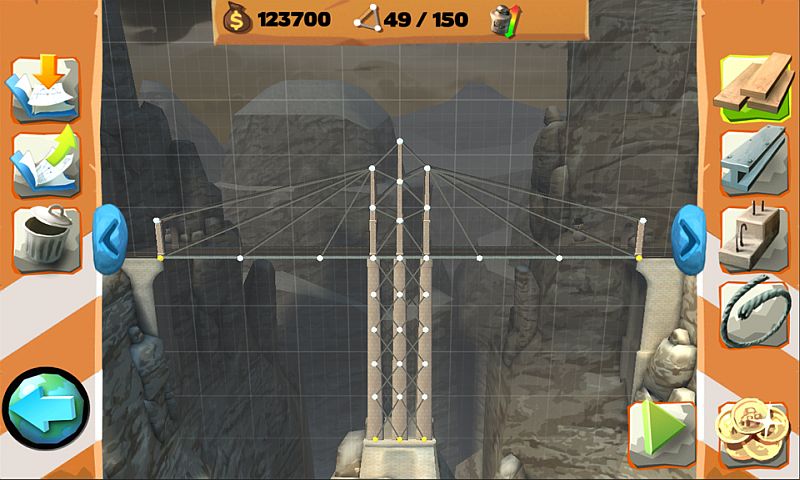

- BRIDGE CONSTRUCTOR PLAYGROUND TUTORIA BRIDGE 6 HOW TO
- BRIDGE CONSTRUCTOR PLAYGROUND TUTORIA BRIDGE 6 INSTALL
- BRIDGE CONSTRUCTOR PLAYGROUND TUTORIA BRIDGE 6 CODE
Exiting because `retryOnInitFail` is not set”
BRIDGE CONSTRUCTOR PLAYGROUND TUTORIA BRIDGE 6 INSTALL
Now that we have an overview of GraphQL and how PostGraphile can be helpful in our demo project, let’s go ahead and install the PostGraphile dependency in our project. For this project, we’ll use a middleware.

There are two ways of integrating PostGraphile into our project: via PostGraphile CLI or through a middleware. Some of the key features that make this possible are:

This makes PostGraphile a great option for developers because it enables them to build fast, reliable APIs. “PostGraphile automatically detects tables, columns, indexes, relationships, views, types, functions, comments, and more - providing a GraphQL server that is highly intelligent about your data, and that automatically updates itself without restarting when you modify your database.” PostGraphile is a powerful tool that makes it easy to set up a robust GraphQL API relatively quickly. We’ve made that choice because it provides an instant GraphQL API based on the DB schema. While there are pros and cons for each method, we’ll use PostGraphile in this tutorial. These options may include:Īlternatively, you can build your own server with custom resolvers and a schema definition. There are a few ways to set up a GraphQL API in Node.js. Using PostGraphile to Integrate with GraphQL

Although it’s common to see that being translated to DB interactions, it’s possible to use GraphQL even without having any sort of DB (ex., you can set up a GraphQL layer to expose and orchestrate different REST APIs endpoints). It’s a wrong assumption to think that GraphQL is a database implementation or a query language tied to any particular database. It serves as a mechanism to enforce a well-defined schema that serves like a contract establishing what is and what isn’t allowed. Rather, it’s a specification powered by a robust type system called Schema Definition Language (GraphQL SDL) described in its specs. It’s important to mention that GraphQL isn’t a framework/library, nor a database implementation/query language for the DB.
BRIDGE CONSTRUCTOR PLAYGROUND TUTORIA BRIDGE 6 CODE
If you missed it, check out how we set up the project and bootstrapped our code by installing dependencies and configuring our data model.
BRIDGE CONSTRUCTOR PLAYGROUND TUTORIA BRIDGE 6 HOW TO
In part one, we covered how to approach building a GraphQL API with TypeScript and Node.js as well as the key benefits of this architecture. In part two of this tutorial series, we’re going to look at the key features of GraphQL and how to integrate it with PostGraphile to enhance the back-end of our full-stack application.


 0 kommentar(er)
0 kommentar(er)
